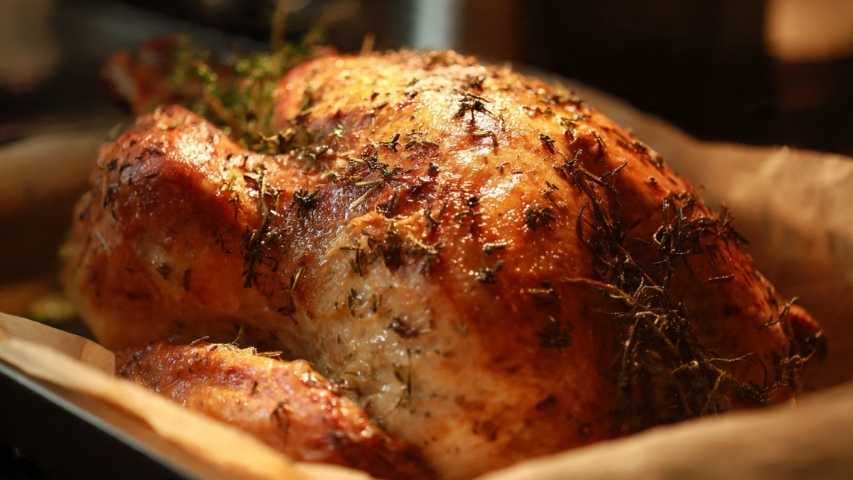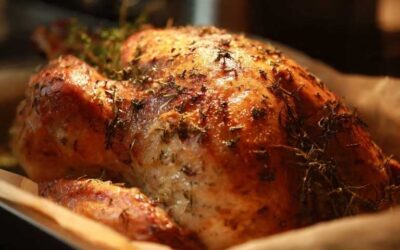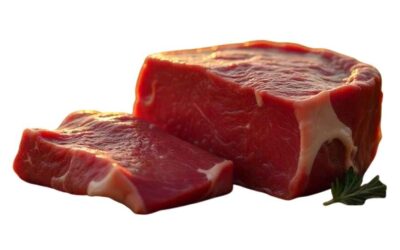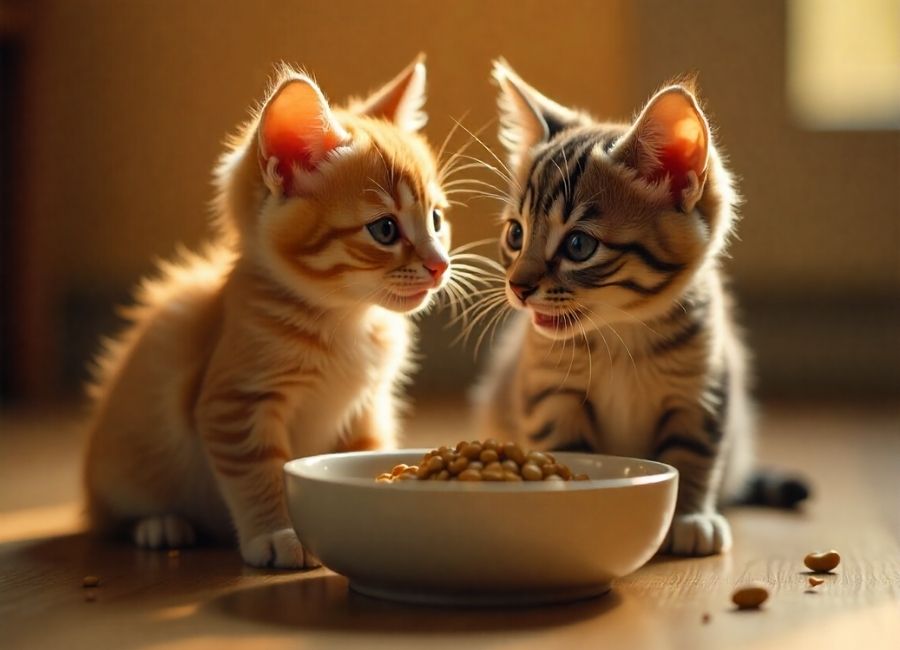Watching your adorable kitten grow into a confident cat brings joy and excitement. But as your feline friend matures, their nutritional needs change dramatically. Many pet owners wonder exactly when to make the transition from kitten food to adult cat food—and for good reason. Getting this timing right can impact your cat’s health, weight, and overall well-being for years to come.
The switch isn’t just about age. Factors such as breed, size, spaying or neutering status, and individual development all play crucial roles in determining the optimal moment for this dietary transition. Making the change too early can deprive your growing cat of essential nutrients, while waiting too long might contribute to unnecessary weight gain.
This comprehensive guide will walk you through everything you need to know about transitioning your kitten to adult cat food, including the optimal timing, signs to watch for, and step-by-step instructions for a smooth dietary change.
Understanding Kitten vs. Adult Cat Nutritional Needs

Kittens require significantly more calories, protein, and fat than adult cats. (Carbo-Johnson & Karina, 2024) During their rapid growth phase, kittens need about twice as many calories per pound of body weight compared to mature cats. (When should I switch my cat to adult food?, n.d.) Kitten food typically contains 35-50% protein and 20-24% fat, while adult cat food usually provides 26-30% protein and 9-15% fat. (Cats and Protein: Is High-Protein Cat Food Best?, n.d.)
The higher caloric density in kitten food supports crucial developmental processes. Growing kittens need extra calcium and phosphorus for strong bones and teeth, plus additional vitamins and minerals to support their developing immune systems. Adult cats, once fully grown, require fewer calories to maintain their weight and health.
Kitten food also features smaller kibble sizes that accommodate the tiny mouths and developing teeth of kittens. The texture and flavor profiles are often designed to appeal to young cats who may be pickier eaters as they explore new foods.
The Standard Timeline: 12 Months and Beyond

Most veterinarians recommend switching from kitten to adult cat food around 12 months of age. (Carbo-Johnson & Karina, 2024) This timeline aligns with when most cats reach their full adult size and their growth rate significantly slows down. However, this one-size-fits-all approach doesn’t account for individual variations.
Small to medium-sized cat breeds often mature faster and may be ready for adult food closer to 10-11 months. (When should I switch my cat to adult food?, n.d.) Larger breeds, such as Maine Coons, Ragdolls, and Norwegian Forest Cats, can continue growing until 18-24 months and may benefit from kitten food for a longer period. (When Does A Maine Coon Kitten Become An Adult Cat?, 2021)
Indoor cats typically mature faster than outdoor cats due to consistent nutrition and reduced stress. Spayed or neutered cats may also be ready for the switch slightly earlier since these procedures can affect metabolism and growth patterns.
Key Signs Your Cat Is Ready for Adult Food

Physical development provides the clearest indicators for timing this transition. Look for these specific signs that suggest your kitten has reached maturity:
Weight Stabilization: Your cat’s weight should remain stable rather than continue to increase steadily. Weekly weigh-ins can help you track this trend. Most cats reach 80-90% of their adult weight by 10-12 months.
Adult Teeth Development: All 30 permanent teeth should be fully erupted, typically by 6 to 7 years of age. (Coates & Jennifer, 2023) However, the jaw and skull continue developing, so dental maturity alone isn’t the only factor.
Body Proportions: Adult cats have proportionate head-to-body ratios. Kittens often have oversized heads compared to their bodies, which balance out as they mature.
Behavioral Changes: Adult cats typically become less hyperactive and establish more consistent sleep patterns. They may also show increased territorial behaviors and more independence.
Breed-Specific Considerations
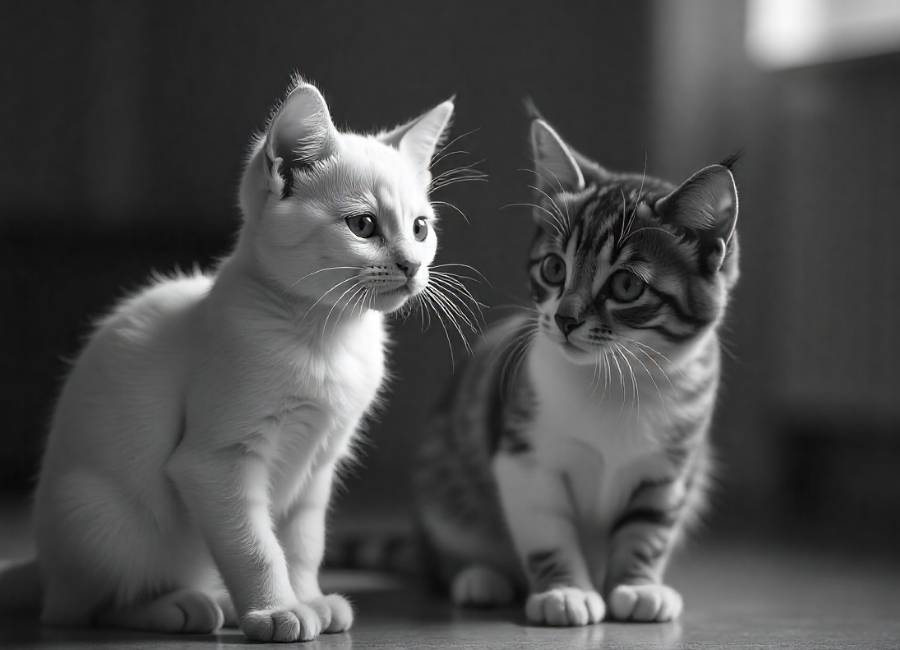
Different cat breeds mature at vastly different rates, making breed knowledge essential for timing this transition correctly.
Small Breeds (Siamese, Devon Rex, Cornish Rex): These cats typically reach full size by 9-12 months and can transition to adult food around their first birthday.
Medium Breeds (American Shorthair, British Shorthair, Russian Blue): Most medium-sized breeds are ready for adult food between 12 and 15 months of age.
Large Breeds (Maine Coon, Ragdoll, Norwegian Forest Cat): These gentle giants may continue growing until 18-24 months and often benefit from kitten food throughout their extended growth period. (Why Maine Coons Need Kitten Food Or Face Risks!, n.d.)
Very Large Breeds (Savannah, Chausie): Some of the largest domestic cat breeds can take up to 3 years to reach full maturity, requiring extended kitten nutrition support. (Savannah – Cat Breed Guide, n.d.)
The Gradual Transition Process
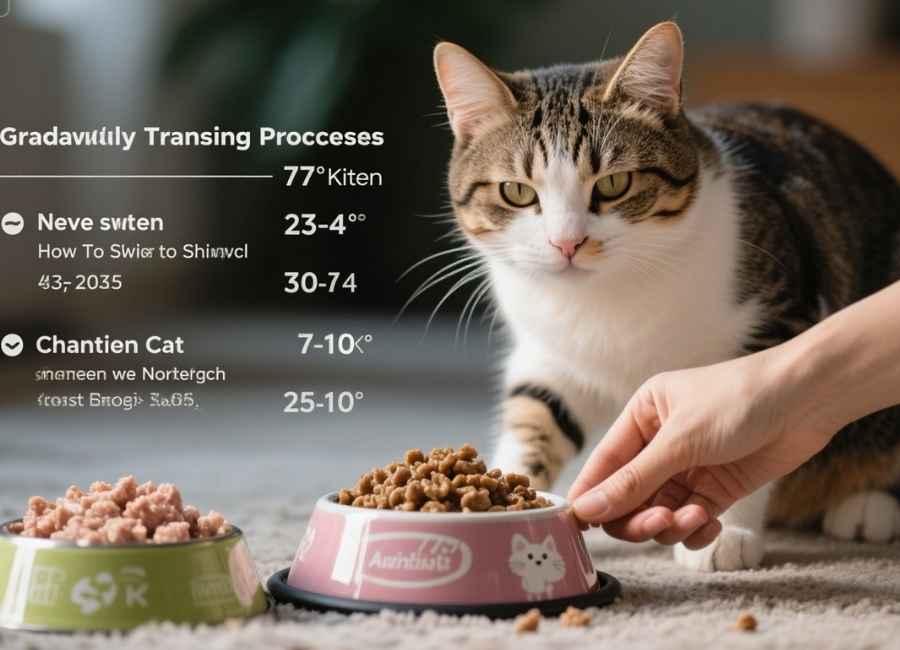
Never switch your cat’s food abruptly. A sudden dietary change can cause digestive upset, including diarrhea, vomiting, and loss of appetite. (Changing Cat Food: How to Switch Your Cat’s Food, 2025) Instead, implement a gradual 7-10 day transition process.
Days 1-2: Mix 75% kitten food with 25% adult food. Monitor your cat’s appetite and stool consistency during this phase.
Days 3-4: Adjust the ratio to 50% kitten food and 50% adult food. This is often when cats notice the taste difference most significantly.
Days 5-6: Continue with 25% kitten food and 75% adult food. Watch for any signs of digestive discomfort or food rejection.
Days 7-10: Complete the transition to 100% adult food. Some sensitive cats may need a few extra days at each stage.
During the transition, maintain consistent feeding times and locations to ensure a smooth process. Cats thrive on routine, and familiar feeding patterns can help reduce stress during dietary changes.
Special Circumstances and Exceptions
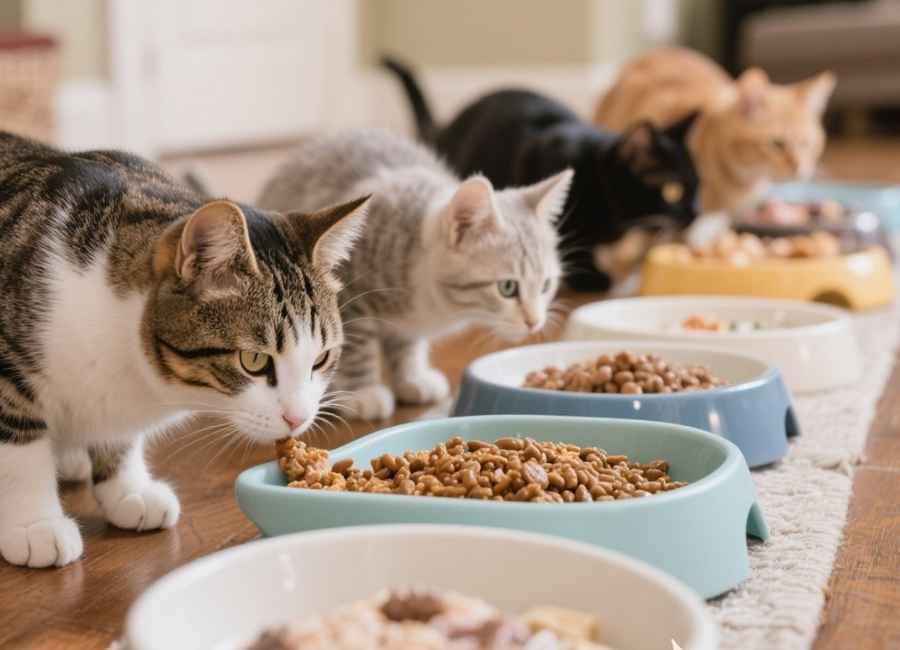
Certain situations may require modified transition timing or special considerations.
Multiple Cat Households: If you have cats of different ages, feeding them separately during transition periods prevents older cats from eating calorie-dense kitten food and younger cats from eating adult food prematurely.
Health Conditions: Cats with diabetes, kidney disease, or other chronic conditions may require specialized diets that don’t follow the standard progression from kitten to adult. Always consult your veterinarian for guidance.
Spayed/Neutered Cats: These procedures can affect metabolism and may require earlier transitions to prevent excessive weight gain. Some cats benefit from switching to adult food 1-2 months after being spayed or neutered.
Late Spay/Neuter: Cats altered after 6-8 months may need different timing considerations, as their hormonal development affects growth patterns.
Monitoring Your Cat During and After Transition
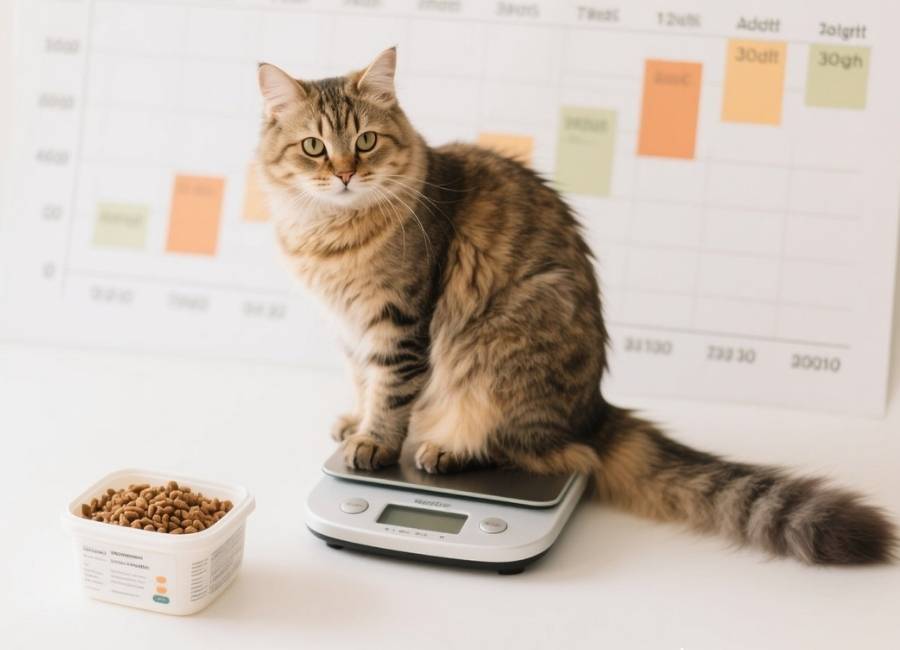
Successful transitions require careful observation of your cat’s response to dietary changes. Track these important indicators:
Weight Management: Weigh your cat weekly during the first month after transition. Adult cats should maintain stable weights rather than continuing to gain.
Energy Levels: Healthy adult cats should maintain good energy levels on a diet of adult food. Lethargy or hyperactivity could indicate nutritional imbalances.
Coat Condition: A healthy diet produces a shiny, soft coat. Dull or brittle fur may suggest nutritional deficiencies.
Appetite Changes: Most cats adapt to new food within one to two weeks. Persistent appetite loss or dramatic increases warrant veterinary consultation.
Digestive Health: Normal stool consistency and regular bathroom habits indicate successful dietary adaptation.
Common Mistakes to Avoid
Many cat owners make preventable errors during this transition process. Avoid these common pitfalls:
Rushing the Process: Impatience can lead to digestive upset and a loss of appetite. Stick to the gradual transition schedule even if your cat seems eager for change.
Ignoring Individual Needs: Following age guidelines blindly without considering your specific cat’s development can result in premature or delayed transitions.
Mixing Different Protein Sources: Combining foods with different protein bases (such as chicken and fish) during transition can increase the risk of digestive issues.
Overlooking Portion Adjustments: Adult cat food is less calorie-dense, so portion sizes may need to be adjusted to prevent hunger or overeating.
Making the Right Choice for Your Feline Friend
The transition from kitten to adult cat food marks a significant milestone in your pet’s development. While 12 months serves as a general guideline, your individual cat’s needs should ultimately guide this decision.
Pay attention to your cat’s physical development, consult with your veterinarian about breed-specific considerations, and make any necessary changes gradually. Remember that this transition is just one part of providing lifelong nutritional care for your feline companion.
By understanding the signs of maturity, following proper transition protocols, and monitoring your cat’s response, you can ensure this dietary change supports their continued health and happiness. When in doubt, your veterinarian can provide personalized guidance based on your cat’s unique needs and development pattern.











